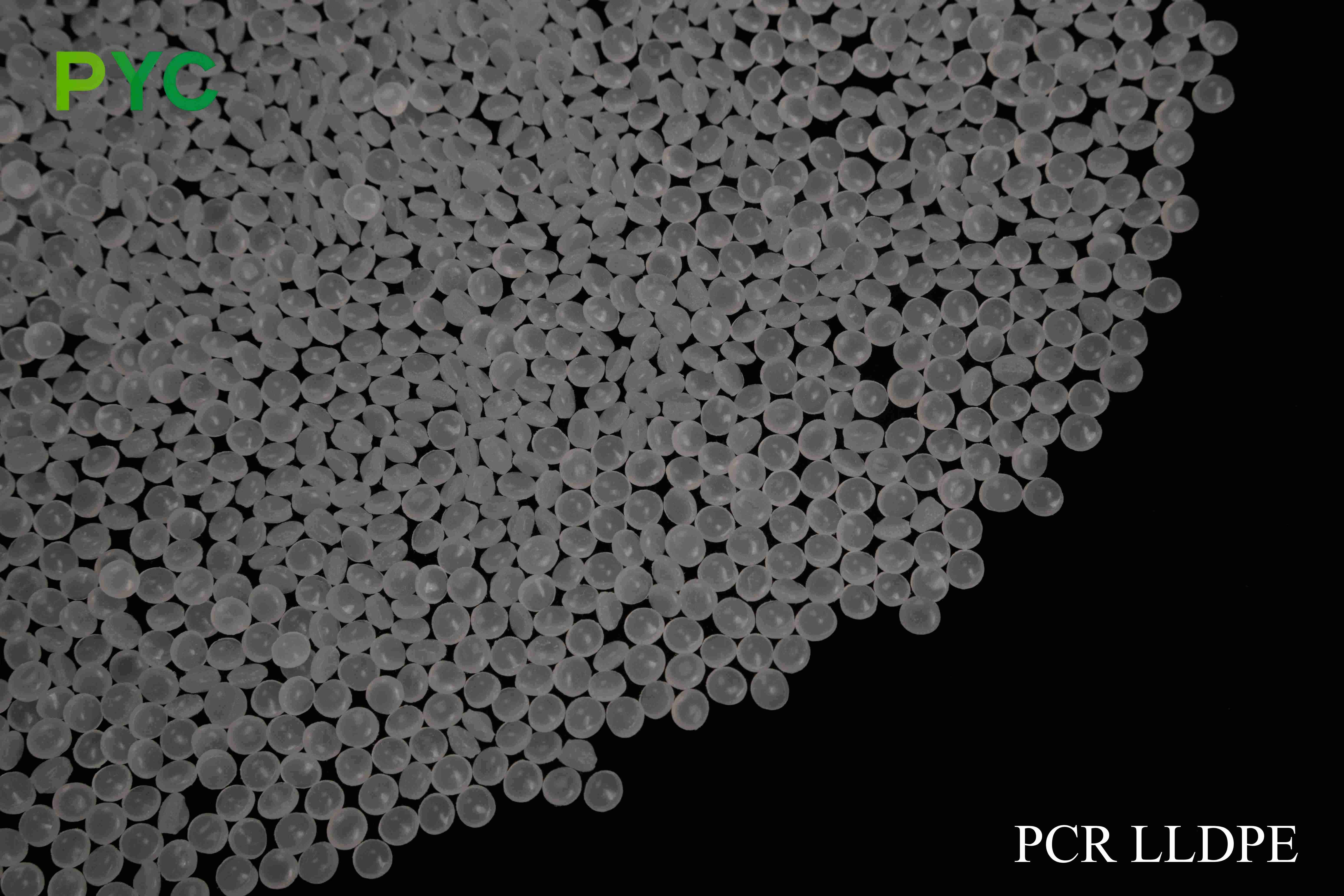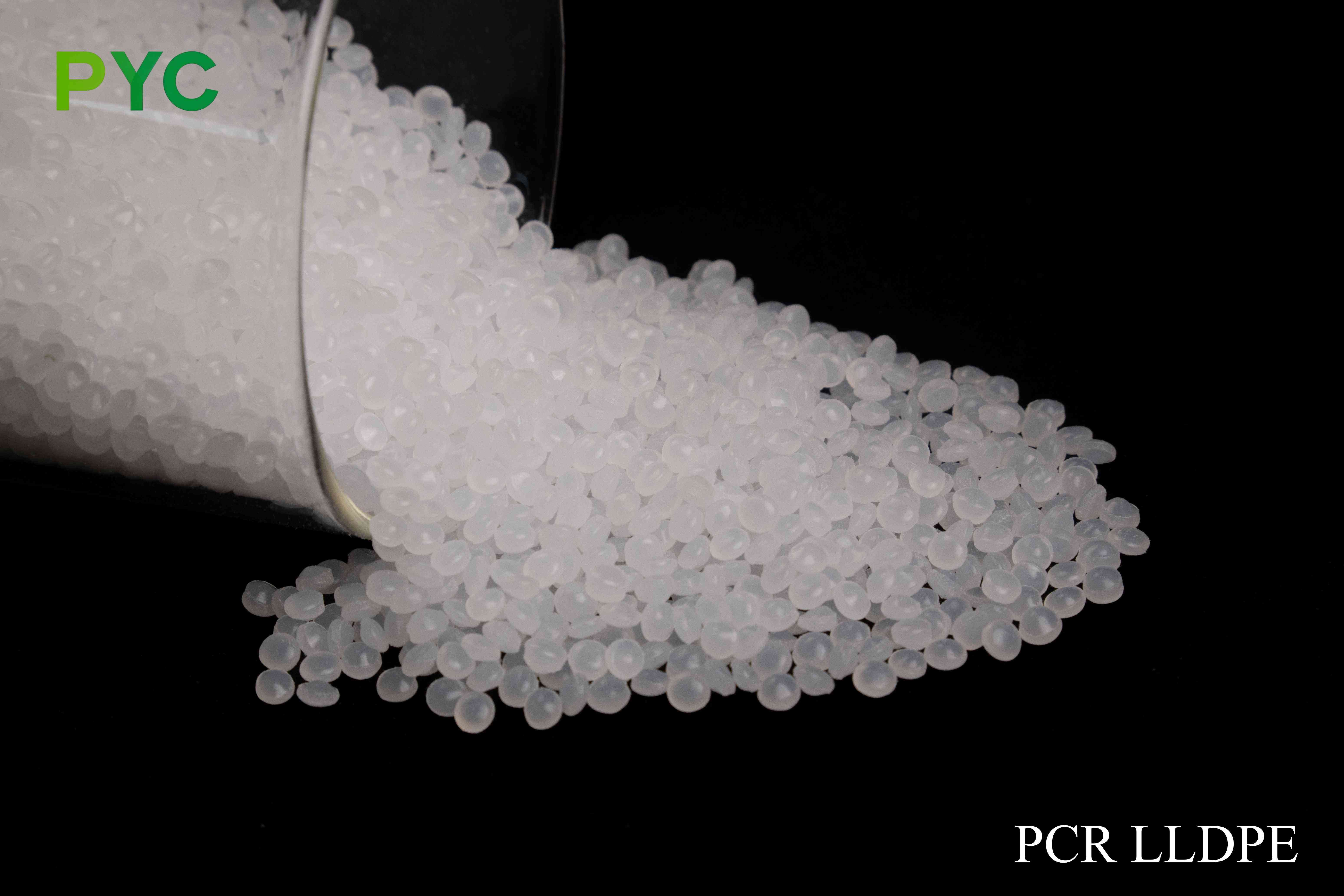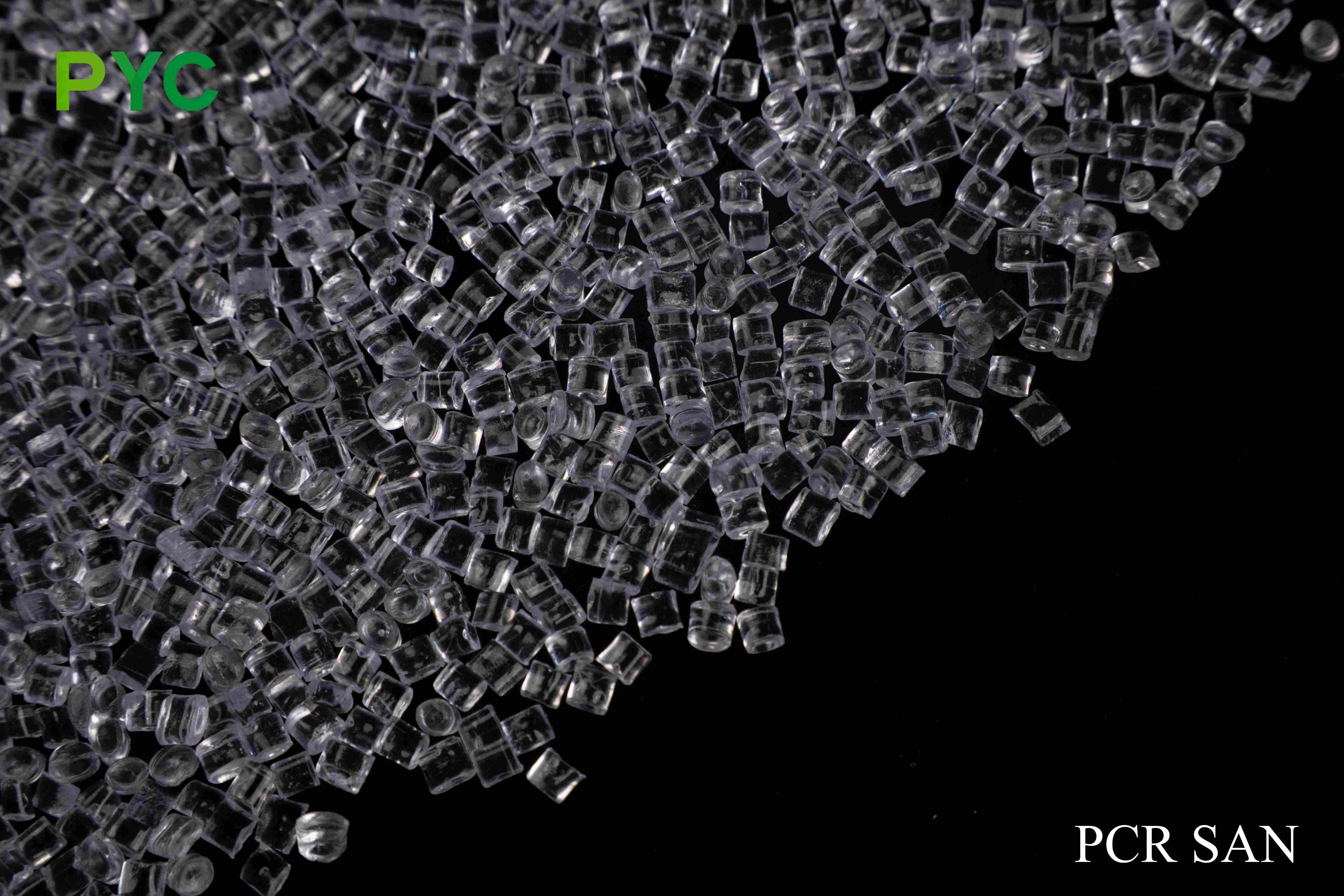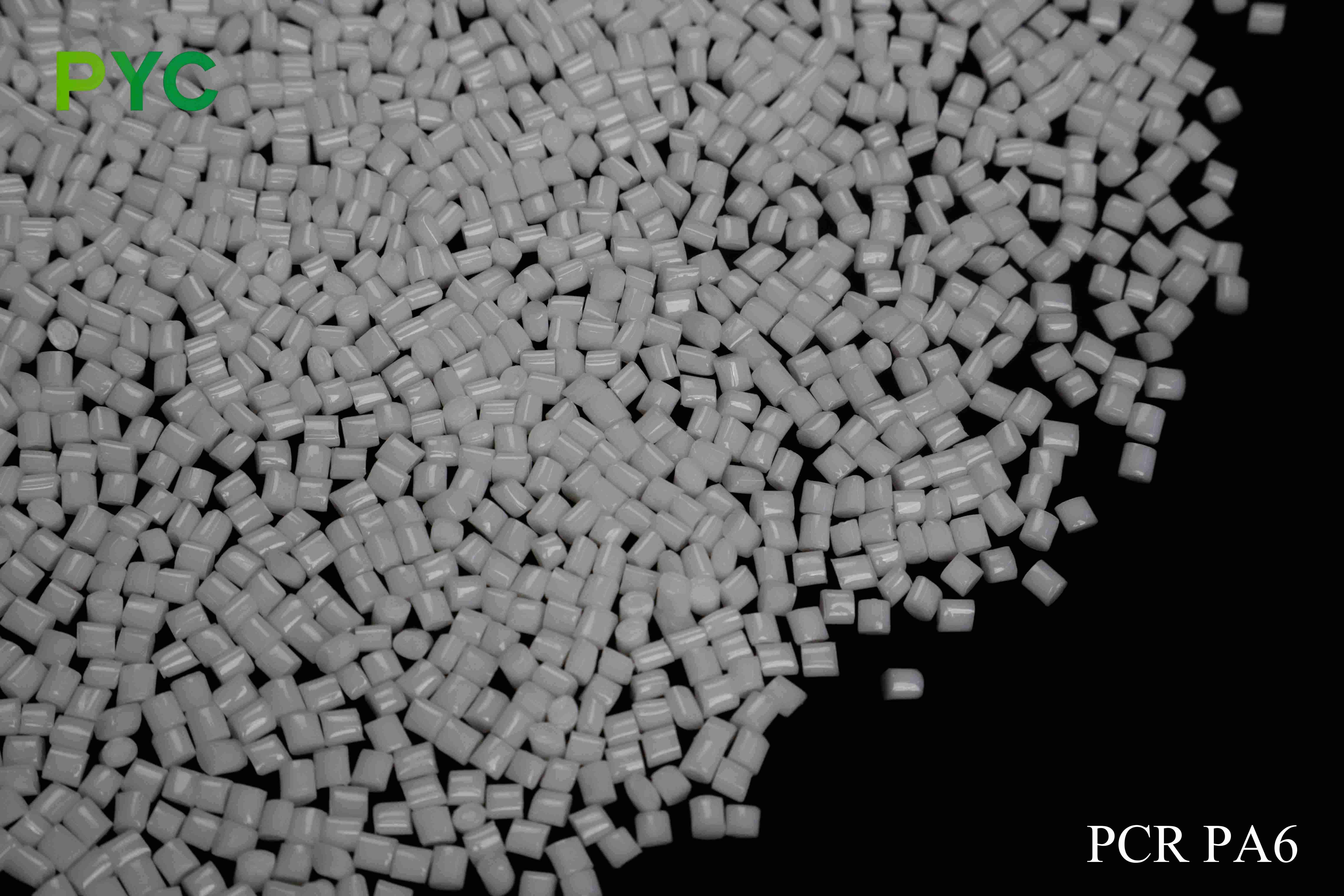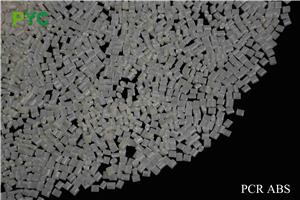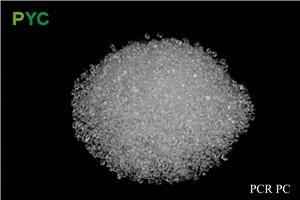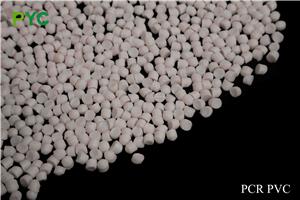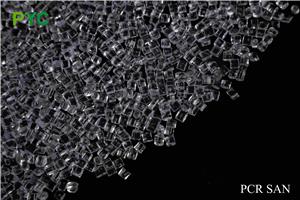PCR LLDPE

PCR LLDPE (Post Consumer Recycled Linear Low Density Polyethylene) is an environmentally friendly plastic made from recycled linear Low density polyethylene (LLDPE) material that is discarded after consumer use. LLDPE is widely used in packaging, agriculture, construction and other fields due to its excellent flexibility, tensile strength and chemical resistance. By recycling and regenerating LLDPE materials, PCR LLDPE not only helps reduce environmental pollution, but also provides companies with a sustainable, low-cost raw material option.
Product details
Source of raw materials and its specific description:
1.Waste plastic packaging film
LLDPE is widely used in the production of various plastic packaging films, especially in food packaging and industrial packaging. Thse discarded packaging films are one of the main sources of PCR LLDPE.
Examples of recycled sources:
Food wrap: Plastic wrap used to wrap fresh food, usually made from LLDPE, which can be recycled after use.
Stretch wrap film: A stretch film used to pack and secure goods, widely used in the logistics and warehousing industry.
Industrial packaging film: Industrial packaging film used to package building materials, machinery and equipment, etc., usually using LLDPE material.
2.Plastic film for agriculture
In the agricultural sector, LLDPE is often used to produce plastic mulch and greenhouse films, among others. These discarded plastic films for agriculture are recycled and can be used to produce high-quality PCR LLDPE.
Examples of recycled sources:
Mulch: A plastic film that covers the surface of farmland to moisturize, hold heat, and prevent weed growth, and can be recycled after use.
Greenhouse film: Plastic film used to cover greenhouses to provide a suitable growing environment and can be used as recycled raw materials after waste.
3.Plastic bags and bags
LLDPE is commonly used to make a variety of plastic bags, including shopping bags and garbage bags, among others. These discarded plastic bags are an important source of recycling for PCR LLDPE.
Examples of recycling sources:
Shopping bags: Plastic shopping bags provided by supermarkets and retail outlets that can be recycled after use.
Garbage bags: Garbage bags used in homes and commercial establishments, usually made of LLDPE, which can be recycled after being discarded.
4Industrial waste and scraps
During the production of LLDPE products, some scrap and scraps are produced. These industrial wastes are recycled and processed to be used in the production of high-quality PCR LLDPE.
Examples of recycled sources:
Production waste: Waste and defective products produced in the production process of LLDPE products such as films and pipes.
Scraps: Corners and corners produced in the cutting and processing process, which can be recycled.
5Discard plastic containers
Some plastic containers, such as flexible buckets and storage bins, are made of LLDPE materials. These discarded plastic containers are also a recycling source for PCR LLDPE.
Examples of recycling sources:
Flexible bucket: A flexible bucket used in agriculture and construction sites that can be recycled when discarded.
Storage bins: Plastic storage bins for household and industrial use that can be used as recycled raw materials after use.
Recycling process
The recycling process of PCR LLDPE usually includes the following steps:
Collection and sorting: The discarded LLDPE material is collected and sorted according to the material and level of contamination.
Cleaning and drying: The recycled plastic is washed to remove impurities and contaminants, and then dried.
Crushing and granulation: The cleaned plastic is crushed and then processed into pellets by a granulator.
Quality inspection: The quality inspection of the recycled particles is carried out to ensure that it meets the relevant standards and application requirements.
Excellent flexibility and tensile strength
PCR LLDPE inherits the excellent properties of LLDPE materials, with excellent flexibility and tensile strength, and is able to withstand high tensile stresses without breaking easily. It remains stable under temperature changes and tensile conditions, making it suitable for applications that require high tensile strength and durability.
Environmental Protection and sustainability
The production process of PCR LLDPE reduces the need for new raw materials and reduces resource consumption by recycling waste. The use of PCR LLDPE helps reduce the environmental impact of plastic waste and, by reducing carbon emissions, promotes green production in compliance with global environmental regulations.
Excellent chemical and weather resistance
PCR LLDPE has strong chemical resistance and can resist the erosion of a variety of acids, bases, salts and solvents, making it suitable for use in a variety of environments with high chemical requirements. At the same time, it also has good UV resistance and weather resistance, and can be used in outdoor environment for a long time without aging.
Excellent processing adaptability
PCR LLDPE has very good processability and can be processed through a variety of molding processes (such as extrusion, blow molding, injection molding, etc.) to meet the needs of different products and adapt to different process requirements and design schemes.
Fields of Application:
Packaging industry
PCR LLDPE is widely used in the manufacture of flexible packaging film, bag materials, food packaging bags and so on. Its high tensile strength, flexibility and transparency make it one of the ideal materials in the packaging industry, especially suitable for food, daily chemicals and other packaging.
Agricultural industry
PCR LLDPE is widely used in the manufacture of agricultural film, mulch film, greenhouse covering film and other products. Its weather resistance and UV resistance make it excellent in agriculture, effectively protecting crop growth while extending the service life of the film.
Construction industry
In the construction industry, PCR LLDPE is used in the manufacture of waterproof film, building film, isolation film, etc. Due to their excellent tensile strength and flexibility, these materials can play an important role in building construction, ensuring the stability and reliability of the structure.
Consumer goods industry
PCR LLDPE is also widely used in the manufacture of consumer goods such as household goods, electronic product accessories, shopping bags and so on. Its excellent performance and low production cost make it an ideal raw material for daily plastic products.
Performance advantages and technical features:
Excellent flexibility and tensile resistance
PCR LLDPE has excellent tensile and flexibility, and can maintain good performance even in low temperature environment, suitable for making plastic bags, films and other products that require softness and durability.
High chemical resistance and corrosion resistance
PCR LLDPE can resist the erosion of most acids, bases, salts and solvents, suitable for the production of chemical packaging materials and pipes, etc., to meet the requirements of high chemical resistance applications.
Weather resistance and UV resistance
PCR LLDPE has strong UV resistance, can effectively resist ultraviolet radiation in the sun, avoid aging and brittleness, suitable for outdoor and agricultural applications such as long-term exposure to the sun.
Good processabilityPCR LLDPE has very good processability and can be processed by a variety of molding methods, such as injection molding, extrusion and blow molding, which can meet the production needs of various products and has high design flexibility.
Environmental protection and cost effectiveness:
Reduce plastic waste and promote a circular economy
Using PCR LLDPE can effectively reduce the accumulation of plastic waste, promote plastic recycling and reuse, and reduce resource waste. It helps enterprises to achieve the recycling of resources, in line with the goals of sustainable development.
Lower production costs
Because PCR LLDPE uses recycled materials, production costs are generally lower and prices are more competitive compared to traditional raw materials. The use of PCR LLDPE not only reduces the cost of raw materials, but also improves the market competitiveness of the product.

